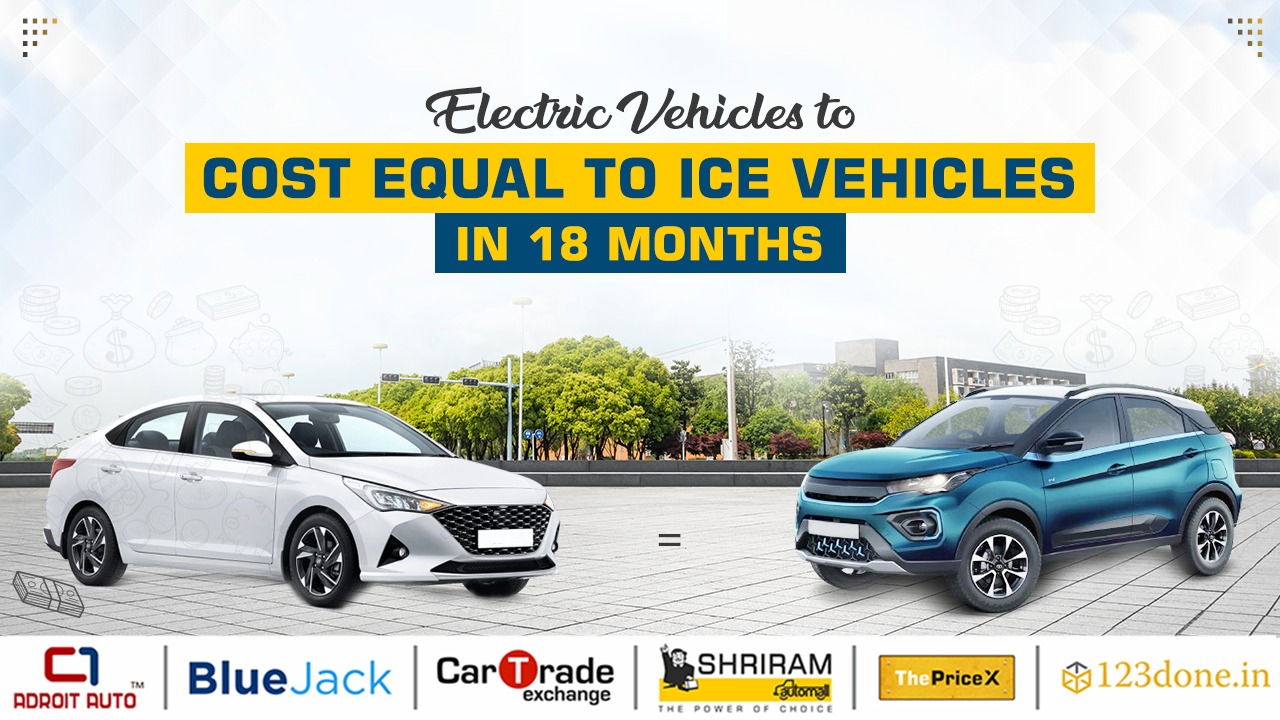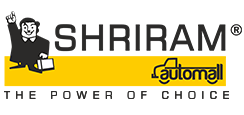Electric Vehicles to Match ICE Vehicle Costs in 18 Months

In a recent address during the Winter Session of Parliament, a prominent official highlighted the imminent convergence of costs between electric vehicles (EVs) and their internal combustion engine (ICE) counterparts. The current price gap, which sees electric vehicles priced approximately 25-30 percent higher than conventional cars, is expected to diminish within the next one and a half years.
The official emphasised the burgeoning popularity of electric vehicles while acknowledging that the cost disparity remains a significant hindrance to wider adoption. Forecasts suggest that advancements in battery technology, economies of scale, and governmental incentives will contribute to aligning the costs of electric and internal combustion engine vehicles.
While refraining from disclosing specific timelines, the official's prediction aligns with expectations expressed by leading entities in the electric vehicle sector. A major electric vehicle manufacturer recently conveyed that a mass-market electric car with a real range of 200-250 km could reach price parity with an ICE vehicle in less than one and a half years.
Government initiatives, such as the FAME scheme offering demand incentives and a reduced GST rate for electric vehicles, have played a pivotal role in fostering the growth of the electric vehicle market. Over 1.15 million electric vehicles, benefitting from subsidies amounting to Rs 5,228 crore under the FAME scheme, are currently on Indian roads.
In addition to incentives, a production-linked incentive scheme has been introduced to encourage the establishment of advanced chemistry cell manufacturing facilities in India. This move is anticipated to lower battery costs, with the production of advanced chemistry cell batteries expected to commence in the coming months.
The current electric vehicle market share stands at around 5% for two-wheelers and approximately 2-3% for passenger vehicles. The government envisions robust growth in the electric vehicle market, targeting a 30% market share by 2030 with a projected compound annual growth rate of 49% from 2022 to 2030.
The official underscored the relationship between vehicle prices and volume, expressing optimism that increased volume will contribute to a decline in prices. Notably, the cost of lithium-ion batteries has witnessed a reduction, dropping from Rs 12,500 per kilowatt-hour to around Rs 9,500 per kilowatt-hour.
As major automakers like Maruti Suzuki and Honda gear up for their foray into the electric vehicle segment, the evolving landscape anticipates accelerated adoption from 2025 onward. Industry leaders foresee a quicker uptake of electric vehicles once their market share reaches 3.5-4% in the passenger vehicle segment.
An essential caveat is the possibility of an inflationary trend in the costs of internal combustion engine vehicles, driven by anticipated stringent emission norms for vehicles running on fossil fuels.
Follow SAMIL Blog to stay updated about the world of Automotive Industry.

 Download Our App
Download Our App



